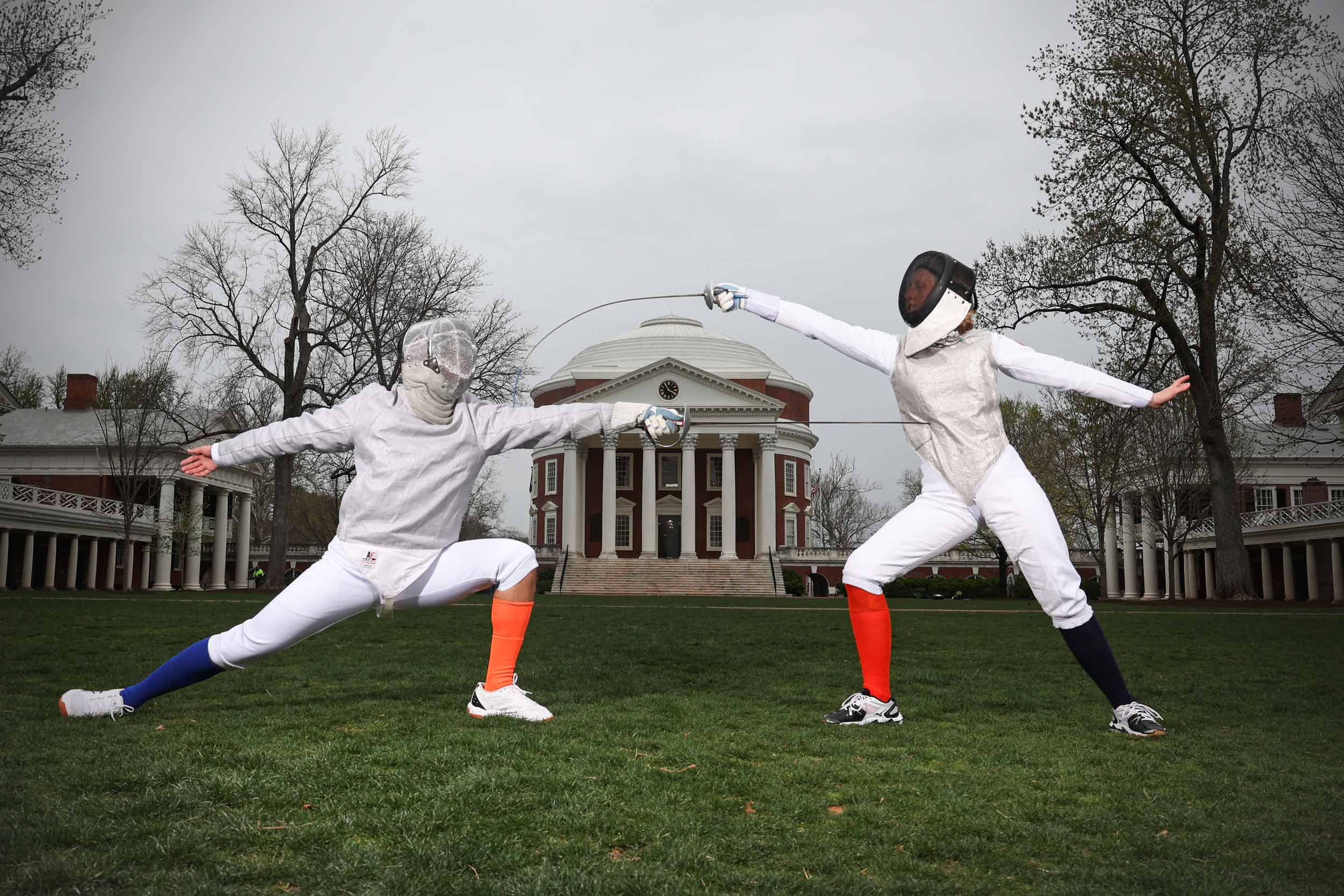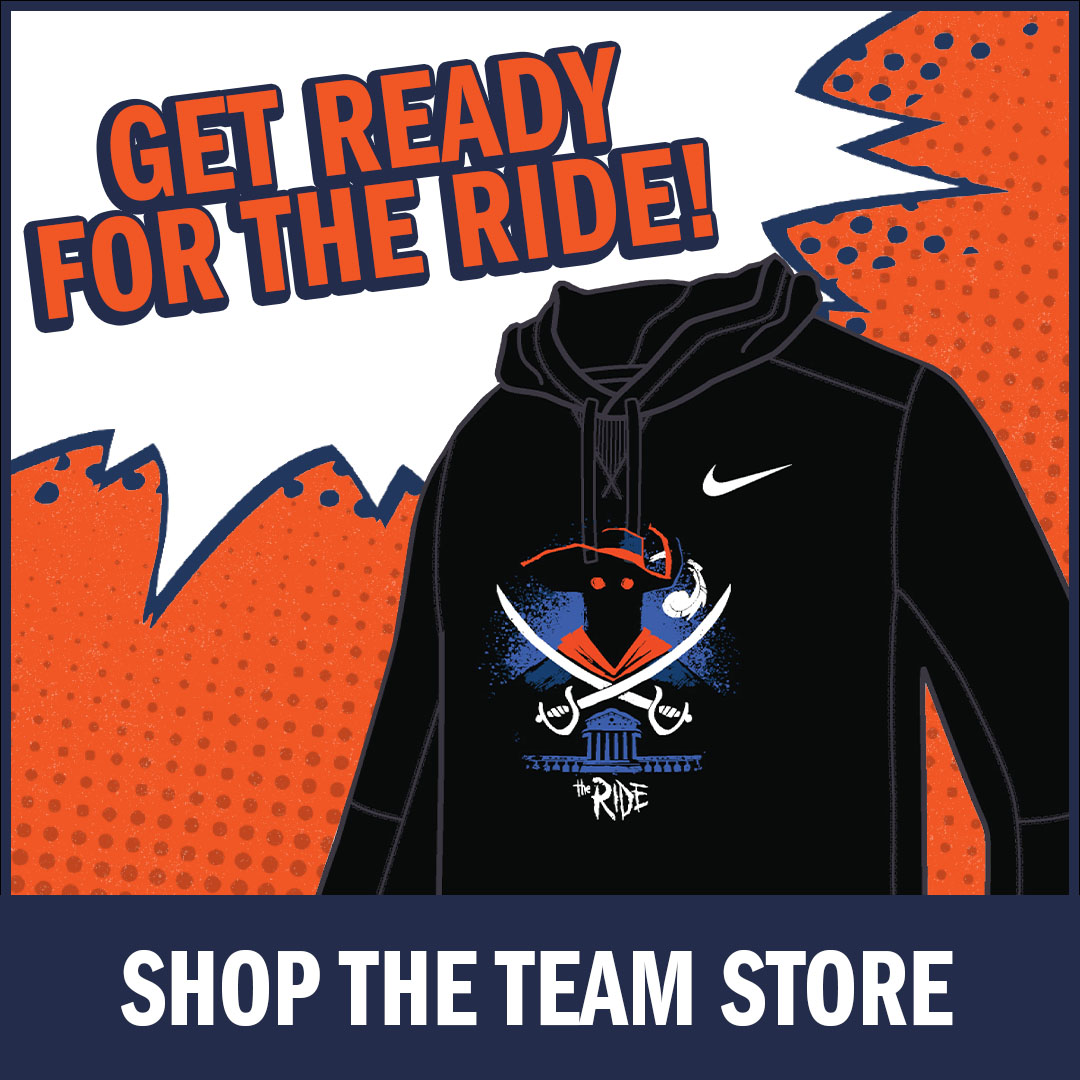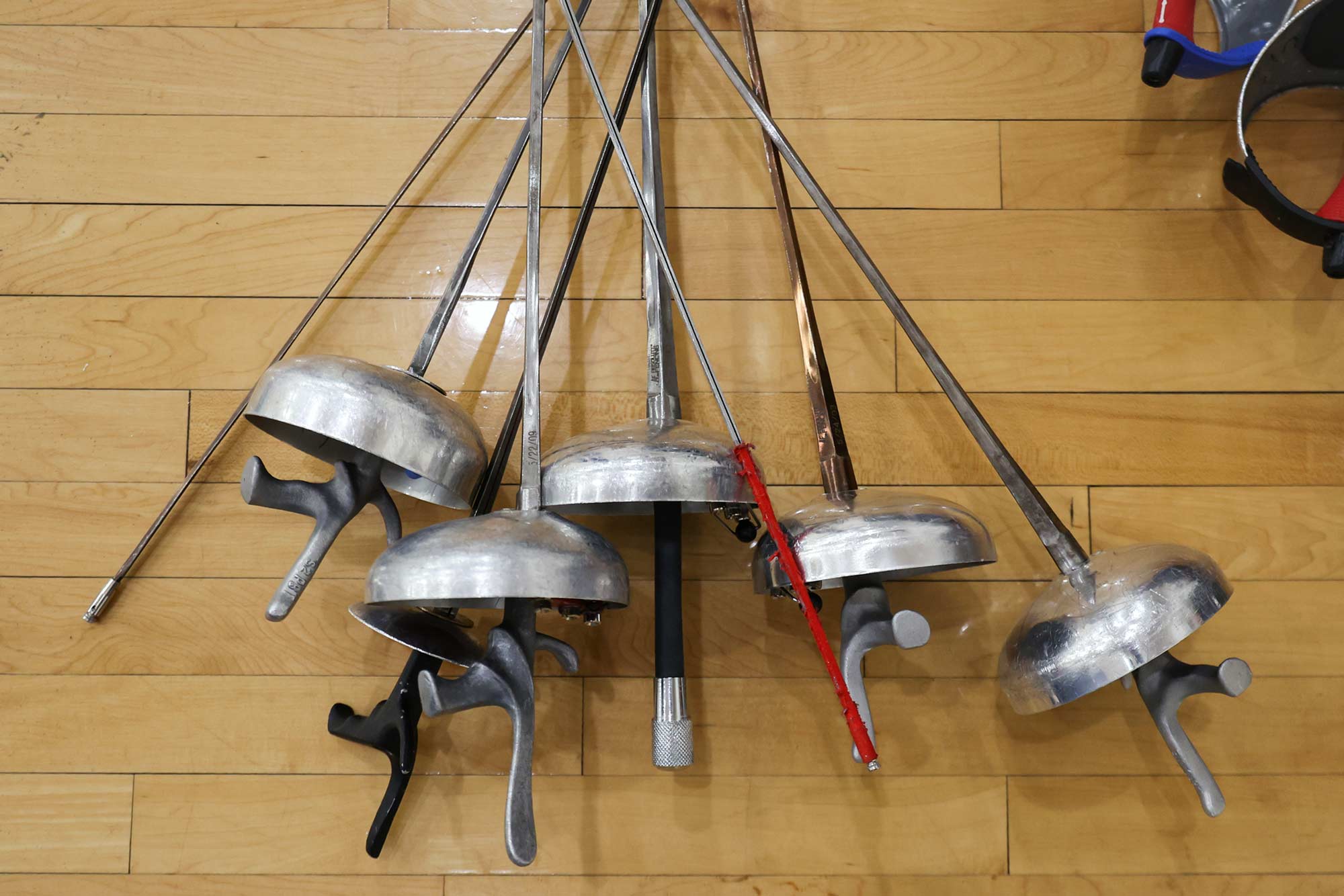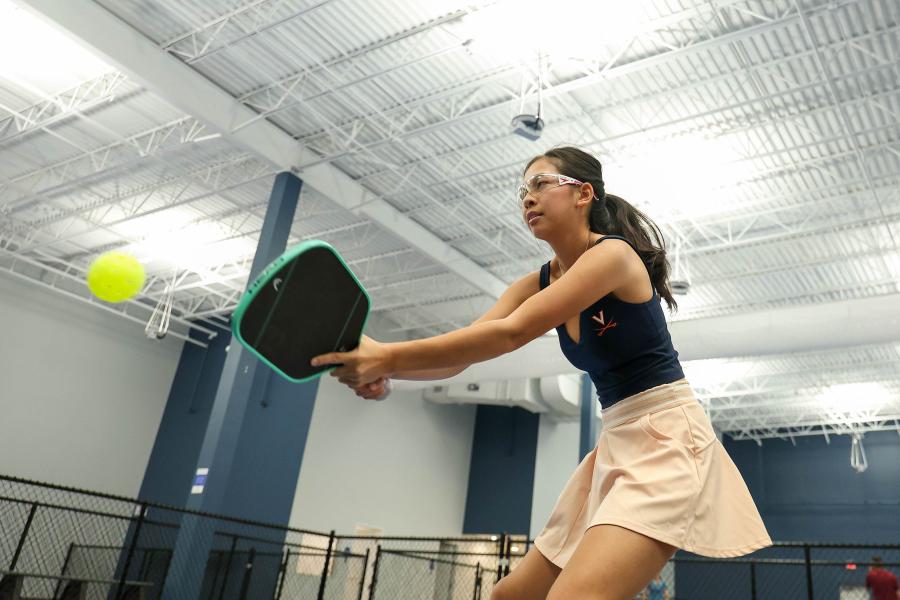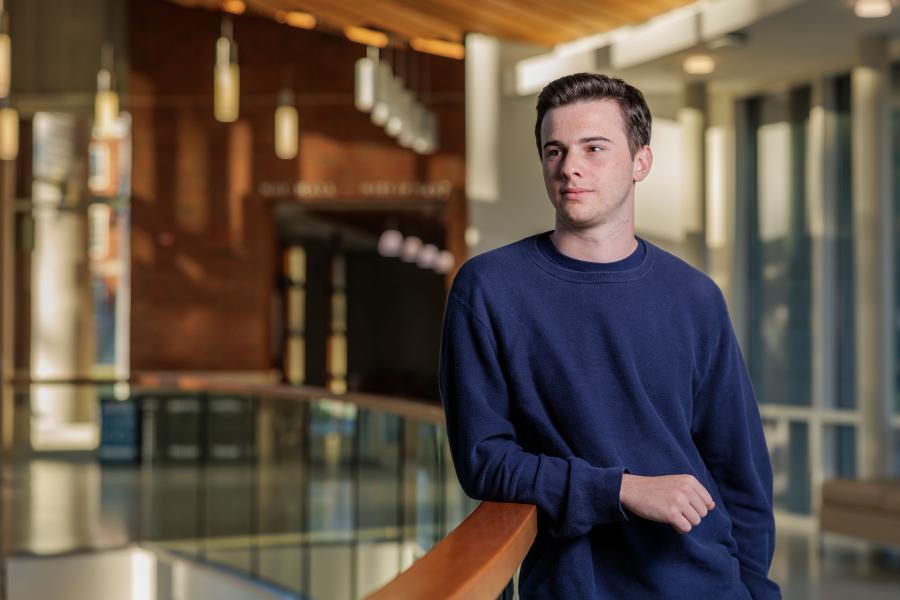Cavman isn’t the only Hoo known to carry a saber. In fact, there’s a whole club.
The curved sword, historically used by cavalry, has been part of the University of Virginia’s logo since 1994, when the iconic weapon held by the Cavaliers’ mascot was adopted in the University’s official “V-Sabres” emblem.
But the mascot isn’t alone with his sword. Members of the Fencing Club at UVA wield actual sabers, plus foils and épées, on a weekly basis.
The club initially co-existed with the varsity program, according to Marianne Padgett, who was a fencing captain in 1980. But after the University discontinued fencing as a varsity sport in the 1980s, just the club remained. Now the club practices three times a week and competes throughout the Southeast. This weekend, 22 members will travel to State College, Pennsylvania, for the United States Association of Collegiate Fencing Club Championships.
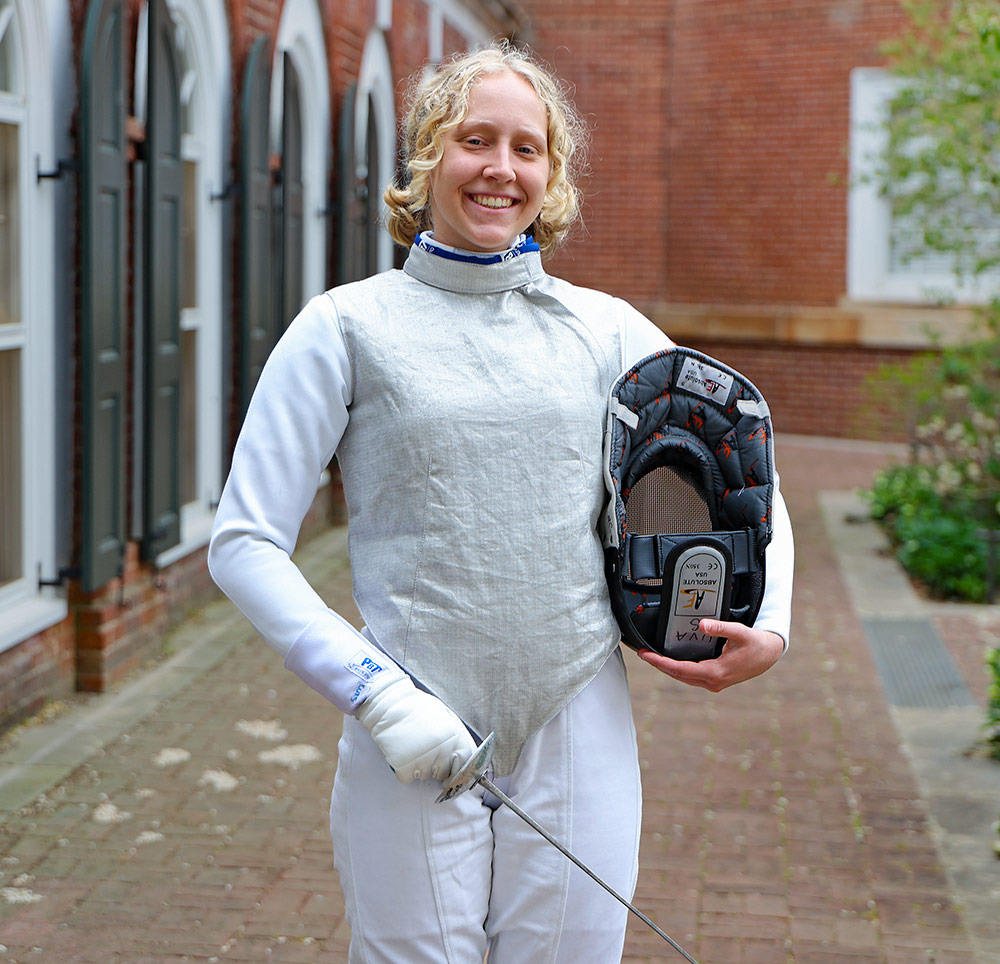
Growing up as a competitive swimmer, fourth-year student Zoe Edelman came to Grounds wanting to try something new. Now Club Fencing’s leader, she is leaving the organization better than she found it. (Photo by Matt Riley, University Communications)
Zoe Edelman, a fourth-year computer science and studio art major from Dover, Delaware, leads the organization. Although she grew up swimming competitively, she never fenced prior to her first semester at UVA.
“I’m not from an area where (fencing) was an option, and I knew that when I came to UVA, I wanted to try a new sport – something I couldn’t get at home,” she said.
Since Edelman joined, the club has expanded to more than 40 members and practices three times a week in UVA’s Slaughter Recreation Center. They don’t have an official coach but help each other improve their strategic thinking and quick reflexes.
"We all kind of teach each other," Edelman said.
Fencing demands physical prowess and mental agility. Fencers need to figure out their opponent, predict the opponent’s moves and how to counter them and then make their decisions very quickly.
